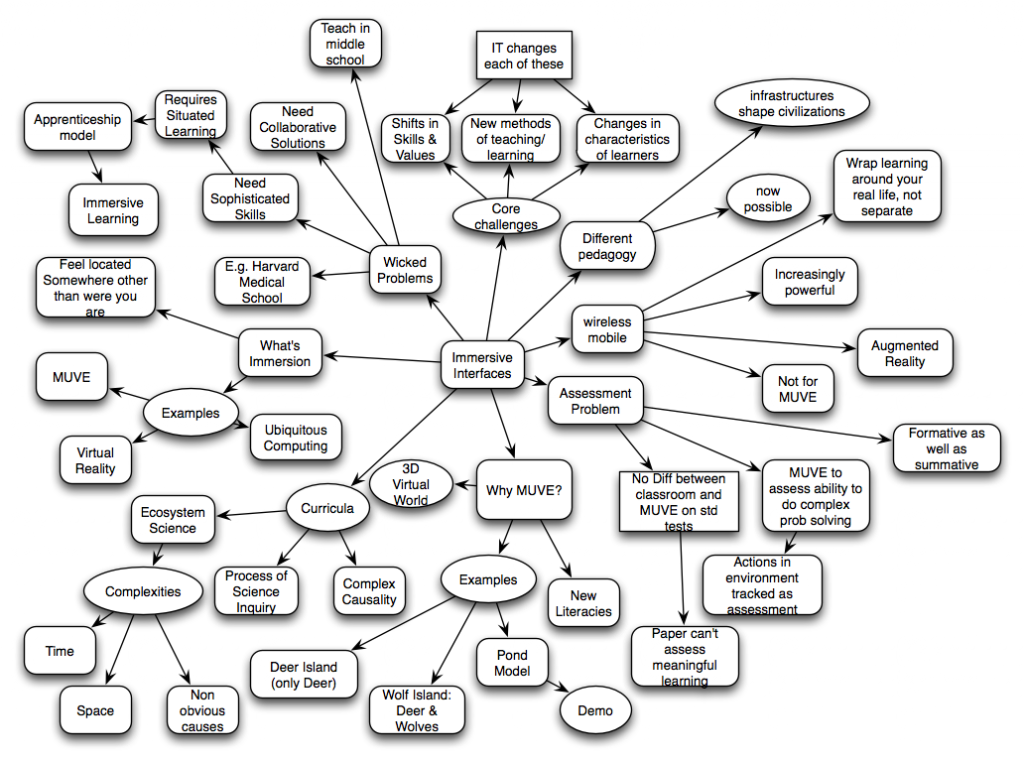In case you’ve been wondering about my relative paucity of posting, let me confess that I’ve been on the road almost non-stop for months. Starting with the Australasian Talent Management conference in Sydney, through the Innovations in eLearning Symposium in DC, mLearnCon in San Jose, a visit to Saudi Arabia on behalf of a client, a long-delayed and deserved European tour with the family, a trip back to Australia on behalf of another client, speaking at the Distance Teaching & Learning Conference in Wisconsin, the Southwest Learning Summit in Dallas, and then a family trip to San Diego, I haven’t slept under my own roof for more than 2-3 consecutive nights (with one exception) since mid-May.
I’m not bragging or looking for sympathy, I’m just explaining (also mentioning that this is not usual for me). While it’s good, it’s also exhausting, and has really hampered my ability to do other than the associated work. Finally, however, I’m at home for several weeks before beginning another batch: Chicago for Learning 3.0 (an eLearning strategy workshop), Laguna Niguel for the CLO Symposium (with Jay and Jane from the Internet Time Alliance), both in October, and then DevLearn in Lost Wages (running a mobile strategy workshop), DC for a local ASTD Chapter event (mobile talk & social workshop), and Toronto for CSTD’s annual conference in November. At least I’m staying on the same continent this time, so the jet lag won’t be quite so bad! And more time at home in-between.
On the way, I lost my new leather iPad cover when I left the iPad on the plane (got the iPad back, sans the cover ?!?!? *cough* United Airlines*cough*), had the usual debilitating experience with too-expensive data (ATT’s new rates notwithstanding), and didn’t always make the best luggage choices. On the other hand, I was able to resurrect a favorite rolling briefcase, got in a few surfs (so nice to find I can still do it!), generally exercised, ate very and mostly reasonably well, met some great people and had great conversations, and felt like I really was adding value by giving talks, running workshops, doing consulting, etc. And the time with family was fabulous.
I also had time for some reflections, which I hope to populate here (wish I’d thought to capture them as they occurred, sigh). One of the first ones is that mobile is more than just a technology, it’s also a lever. Under the mobile banner, we can discuss the whole performance ecosystem: formal learning, performance support, social learning, games, etc. And we get additional opportunities with context-sensitive learning. When Google is designing for mobile first, and tablets and smart-phones are on the rise, there’s an opportunity to shake things up. It’s like the conclusion Barbara Means made on the report from SRI on the difference to face to face and online learning: “the observed advantage of online learning is a product of redesigning the learning experience, not of the medium per se”. I think that’s what’s on tap with mobile, and I think we should be looking to pursue those opportunities.
